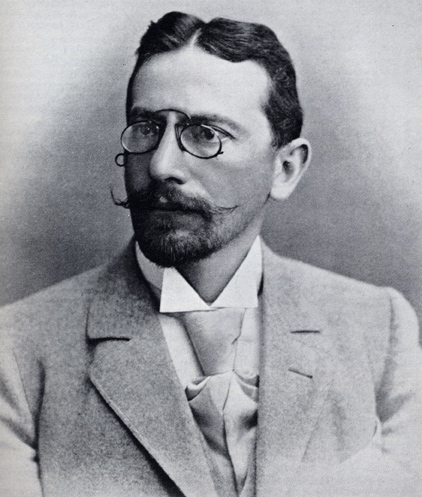


It is difficult to separate skill and talent of a player from the chess knowledge of his time. If you let a computer check the games of the best players from past and present to find out who made the best and most precise moves, modern players will fare much better. Their theoretical knowledge is deeper and their general understanding of the game is better, not least because they had the chance to learn from their predecessors.
 FIDE adopted the Elo-system in 1970, but the statistician Jeff Sonas has tried to quantify the strength of the best players from the past by calculating historical Elo-ratings for Steinitz, Lasker & Co. He published his findings on chessmetrics.com. But Sonas, too, cannot answer the question who was or is the best player of all time. According to Chessmetrics Bobby Fischer has the highest rating of all time but it is Emanuel Lasker who spent more time as the number one in the world than any player before or after him. And some historical ratings are simply surprising: for example, according to Chessmetrics, Dr. Siegbert Tarrasch (pictured at left) in June 1895 had an Elo-rating of 2824, more than players such as Smyslov, Tal, Petrosian, Spassky, Euwe, Bronstein or Keres ever had!
FIDE adopted the Elo-system in 1970, but the statistician Jeff Sonas has tried to quantify the strength of the best players from the past by calculating historical Elo-ratings for Steinitz, Lasker & Co. He published his findings on chessmetrics.com. But Sonas, too, cannot answer the question who was or is the best player of all time. According to Chessmetrics Bobby Fischer has the highest rating of all time but it is Emanuel Lasker who spent more time as the number one in the world than any player before or after him. And some historical ratings are simply surprising: for example, according to Chessmetrics, Dr. Siegbert Tarrasch (pictured at left) in June 1895 had an Elo-rating of 2824, more than players such as Smyslov, Tal, Petrosian, Spassky, Euwe, Bronstein or Keres ever had!
If you do not trust the numbers, you might want to rely on intuition. German chess coach and chess historian Gisbert Jacoby does. While he was updating and revising the historical part of the ChessBase Mega Database 2017, Jacoby came across a number of games Paul Morphy had played as a 12-year old. Impressive games which make Jacoby believe that the 12-year old Morphy was already the best player in America and one of the best players in the world.
In 1850 Morphy played a number of casual games against Johann Löwenthal from Hungary — according to Chessmetrics the world's number two from October 1858 to April 1859 and in 1850 definitely one of the world's best players. Morphy won this unofficial match.
In 1858, when Morphy was in Europe to challenge the best European players, the two played again, this time an official match. Morphy won with 6 wins, 3 losses, and 2 draws. But the games from 1850 already show the prodigious talent of Morphy.

Paul Morphy (left) and Johann Löwenthal during their match in London 1858
Morphy was also twelve years old when he played his first published game. His opponent was Eugène Rousseau, a French player who lived in America. In 1845 Rousseau played a match for the American Championship against Charles Stanley from England. Rousseau lost the match with +8, -15 und =8 but was definitely one of the top players in America. But this did not stop him from losing quickly against young Morphy!
Having talent is good but it also must have a chance to unfold. Morphy's environment was almost ideal for the development of his chess talent. Morphy was born on June 22nd, 1837, into a wealthy family in New Orleans. Ernest Morphy, the brother of Paul Morphy's father, Alonzo, was one of the best American players, and the Morphy-family often and enthusiastically played chess. Moreover, Alonzo Morphy also had a large library that gave his son Paul access to all important chess literature of his time. According to contemporary sources Morphy also had a photographic memory — he remembered everything he read.
On his twelfth birthday Morphy played the following game against his uncle Ernest. Morphy was playing blindfold — without seeing the board!
Games like these indicate Morphy's enormous talent. But of course they cannot answer the question whether Morphy would have been able to hold his own against today's top-players.
Gisbert Jacoby and Karsten Müller decided to take a closer look:
Gisbert Jacoby and Karsten Müller on Paul Morphy